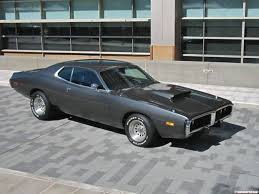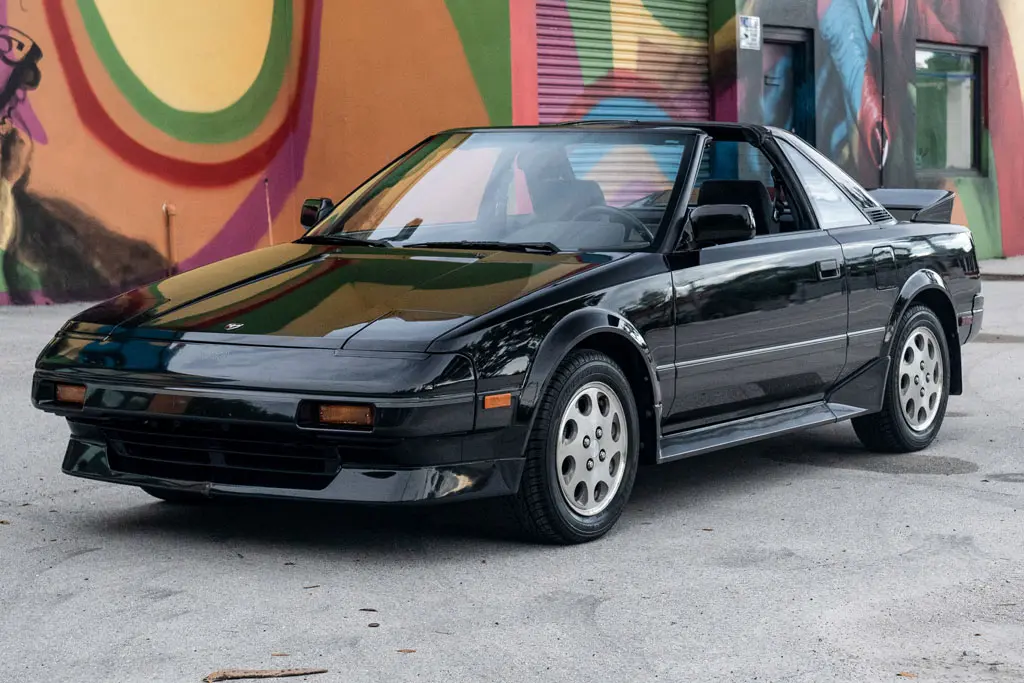When one mentions a muscle car, people think of some powerful engine, some fast acceleration, and some of the best known American models. But what’s a muscle car then? Well is it any car with a big motor or does that car have to meet certain requirements? By dissecting the muscle car out, in this article, we will try to explain where it comes from, what it is, and how it is going to change as the manufacturers have decided to debut electric models of such cars. The following guide is aimed at both experienced car lovers and novices who want to get knitted with muscle car essentials to appreciate their power.
Defining the Muscle Car
Muscle cars are generally defined as being two door, mid-sized American automobiles with a large and potent V-eight option. While there is no universally agreed-upon definition, most enthusiasts agree on a few key traits that characterize a muscle car:
- High-performance engine typically, a v-eight
- Rear-wheel drive
- Cheap compared to most of the European brands of prestigious sports cars.
- Distinctive American styling
- Extraordinary take-off rates and lineal velocities
These are cars that are tuned for the race-track, and are particularly great in drag racers and short acceleration sprints. They first appeared in the 1960 s and 1970 s and were symbols of the American automobile industry popular with young people.
Traits of a True Muscle Car
Steven Lang has explained that the requirements that should be considered in a muscle car includes the following. Below are the common traits most automotive experts agree on:
- Engine: A good and efficient engine must have a large V8 engine with at least 300 cubic inches.
- Power: Muscle cars give high horsepower and torque necessary for quick speeding ahead.
- Body Type: Traditional it is a two-door coupe or a two-door drop head or convertible.
- Drive: The foot placed precisely on this territory dictates that muscle car classification requires rear-wheel drive.
- Origin: A typical muscle car is in most cases produced by an American company.
Comparison Table: Muscle Car vs. Other High-Performance Cars
| Feature | Muscle Car | Sports Car | Supercar |
|---|---|---|---|
| Engine Size | Large V8 | V6, V8 | V8, V10, V12 |
| Primary Focus | Straight-line speed | Overall performance | Extreme speed & luxury |
| Price Range | Affordable to mid-range | Expensive | Extremely expensive |
| Origin | Mostly American | Global | Global |
History of Muscle Cars
Muscle cars can be dated as far back as the early 1960s. When manufacturers of cars wanted to allow their customers to have an affordable, yet a high performing car, the formula to have a large engine with a mid size body was developed. Some of the most iconic models during this period include:
- Ford Mustang (1964): Frequently recognized as one of the first, and, despite not being born from a muscle car tradition per se, one of the firsts.
- Chevrolet Camaro (1967): Originally, it was developed to counter the Mustang, and within no time at all, it had become a legend on its own.
- Dodge Charger (1966): A car that was quite popular in America in the early ‘70s and known for its aggressive looking, and powerful engines.
- Pontiac GTO (1964): Often quoted as the starting car in the muscle car revolution.
Rise of the American Muscle Car
In the sixties and seventies, the muscle cars were the embodiment of American automotive technology. Car manufacturers such as Ford, Dodge, and Chevrolet produced models which were built to go faster with little regard for the comfort or fuel economy. The beauty of those beasts was its availability – everybody could own one and, at least for a time, be a proud owner of a supercar.
Dodge Electric Muscle Car: The Future of Muscle Cars
Bringing it to the modern world, the concept behind a muscle car is changing. While there were muscle cars which used gasoline engines, with the boom in EVs, the term muscle car is undergoing transformations. Well if we talk about electric cars then one name that’s quite famous for muscle cars is Dodge, a part of FCA group and they are leading this change with their electric muscle car project.
Electric muscle car, the Dodge Charger Daytona SRT is all set to set a new definition for muscle in the 21st century. Don’t expect to have the brawny V8 engine you would want in this car, but the electric motors are good enough, providing instant torque and acceleration. This change means that in the electric world, the essence of the muscle car is going to continue.
Are Electric Cars Really Muscle Cars?
This question is actually in question in car communities a lot. Critics will say that without a conventional internal combustion base an electric muscle car will never have the feeling of it. Some think that because electric cars have instant torque, incredible acceleration, and high horsepower, they become a worthy successor of muscle cars.
Advantages of Electric Muscle Cars
- Instant Torque: Electric motors provide torque from a standstill, which gives electric muscle cars a better performing acceleration.
- Eco-Friendly: Zero emissions, and therefore more eco-friendly than their gasoline equivalent.
- Low Maintenance: Because there are fewer components in the system, there are fewer affairs required to maintain it over time.
Challenges Facing Electric Muscle Cars
- Sound: Muscle cars have low pitch powerful growling tones and such impressive notes are missing in electric cars.
- Range: There’s still a problem of an extended range for cars which still plagues long-distance electric vehicles users.
Buying a Muscle Car
You might be planning on having one of the best muscle cars. If the desire is for the traditional American-style car, or for something with a more contemporary feel, there is a wide variety possible. Here’s what you need to consider before purchasing a muscle car for sale:
Things to Consider When Buying a Muscle Car
- New vs. Used: Are you in search of that classic muscle car feel or do you wish to take advantage of a newer model?
- Budget: To add, muscle cars are fairly easy on the pocket, and could also be expensive depending on the type and model you intend to import.
- Performance: Check engine dimensions, horsepower and other physical capacity indicators.
- Maintenance: Used muscle cars may not only cost a reasonable price, but also they may require expensive maintenance, whereas, new models, on the other hand, have possible lower prices since they are covered with warranty and they are more reliable mechanically.
Where to Find Muscle Cars for Sale
- Online Marketplaces: There are different opportunities available such as using online markets like eBay Motors or Craigslist or the specialized web-sites dealing with car selling.
- Car Dealerships: Almost every dealer often has both the traditional and the contemporary muscle cars.
- Car Auctions: As a case for rare and classic models well maintained vehicles are available for sale in auctions.
The Evolution of Muscle Cars in the Electric Era
With the emerging automotive revolution leaning towards sustained performance and environmentally friendly cars. The future of the muscle automobile is under transformation with the electric power trains. The dodge’s electric muscle car with similar models from other brands demonstrate. That electric muscle cars are not a sin against the American muscle car tradition.
In the coming years, we can expect more manufacturers to introduce electric muscle cars, blending the best of both worlds. A level of high performance and at the same time being environmentally sustainable. The muscle cars in this generation will also not only maintain an exceptionally powerful acceleration but also have reduced emissions.
FAQs
That defined the identification of a muscle car.
It is commonly defined as an American automobile. With ample powers made for competition, and normally with a V8 motor. The company is recognized for highway performance and acute angles on the body kit.
Can electric cars be considered as muscle cars?
Indeed, high-performance electric cars are gradually regarded as the future of it, including the Dodge electric muscle car. Although they do not have a conventional engine rumble, it gives instant torque and has stupendous acceleration capability.
Muscle cars – where to buy?
Muscle cars can be purchased on the Internet, from the specific car dealers, and at auctions. Generally, the procurement costs of parallel imports depend on the type of the machines, the specific make and model. And whether the machines are new or second-hand and how hard it will be to acquire them.
The most iconic American muscle car is the Dodge Challenger thanks to the boo from the streets of our fast food nation.
The most famous American muscle cars therefore include Ford Mustang, Chevrolet Camaro and the Dodge Charger.
Are muscle cars manufactured in the present time?
It is important to know that yes, there are lots of new muscle cars like the Dodge Challenger. And ford mustang are still being manufactured. Furthermore, the emergence of light electric muscle cars demonstrates that muscle cars are more an adaptation rather than an extinction.
Conclusion
Muscle car is not just a car, it is a symbol of the American car Industry. The creation of the term muscle car dates back to the early 1960’s. And up to this day, equipped including the appearance of electric muscle cars. Regardless of what the future holds for the pavement pounders. The image of V8, of great speeds and power together with the new age fascination with electric muscles. The muscle cars will forever represent today’s freedom. With the emergence of the new trends where the car industry is seeking to transition to the use of electricity. It is sure to progress into the future with this heritage.


